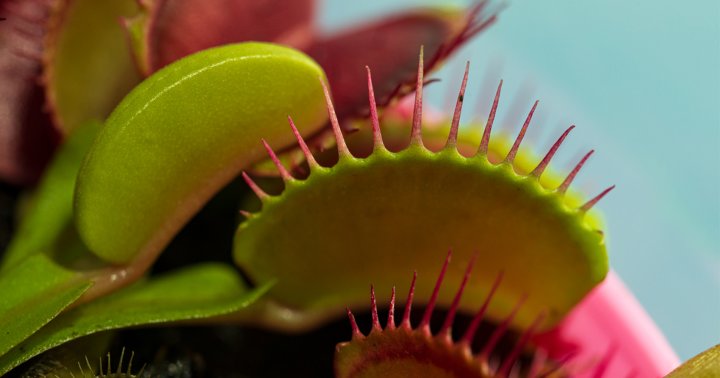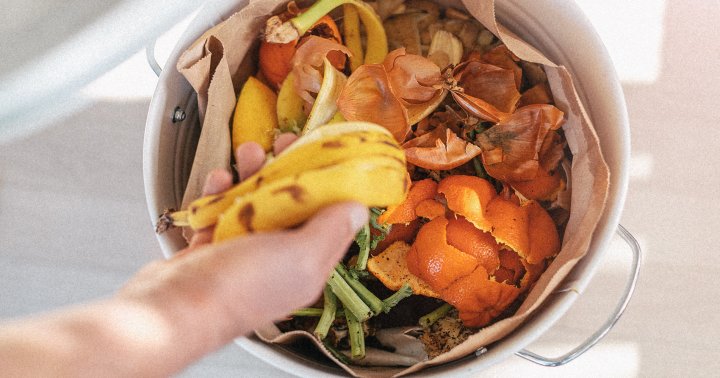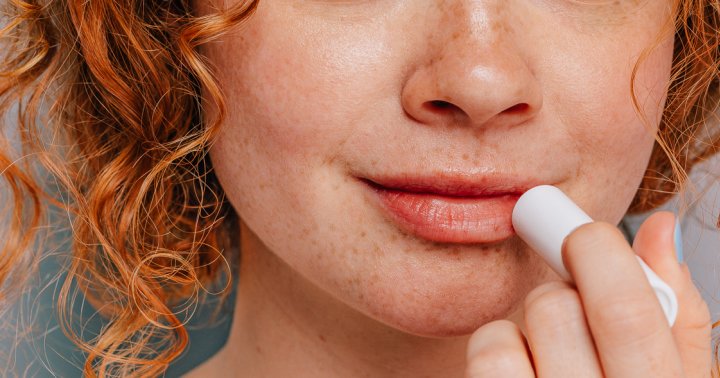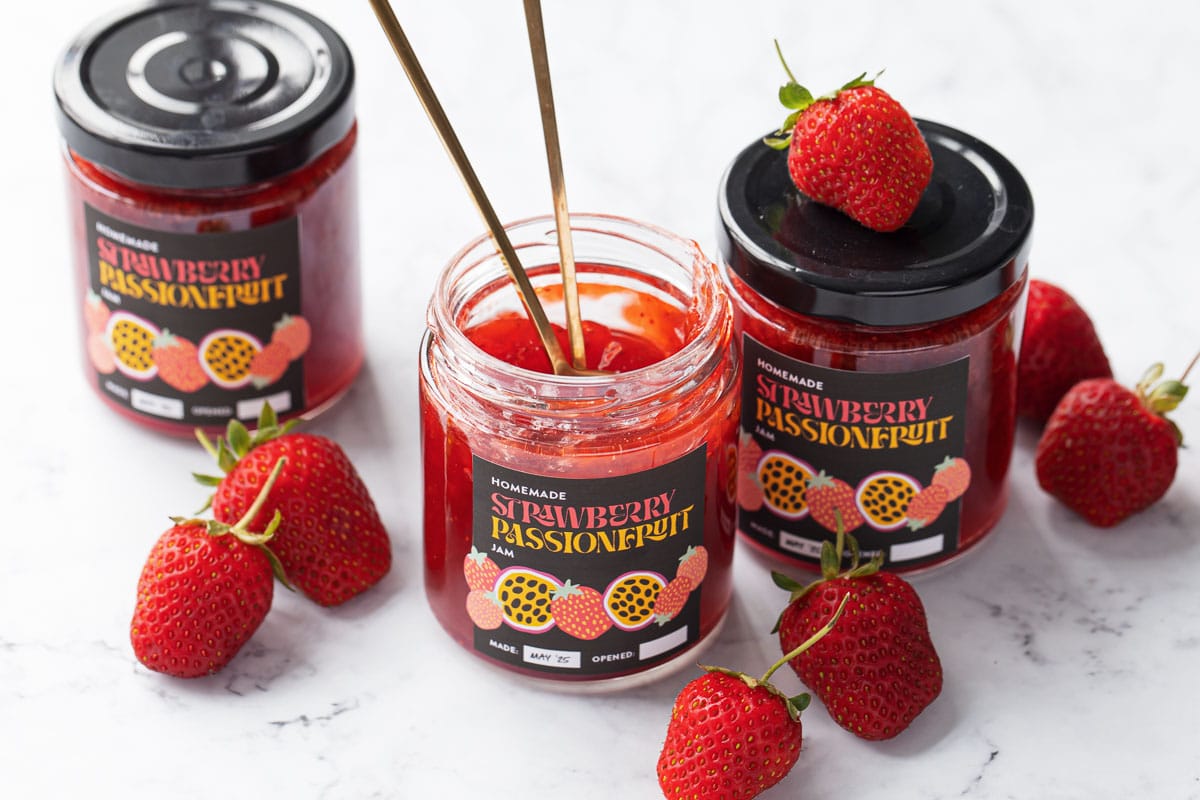5 Simple Ways To Avoid Exposure To Cancer-Causing Chemicals In Your Home
Each one will go a long way in making your home a safe haven.
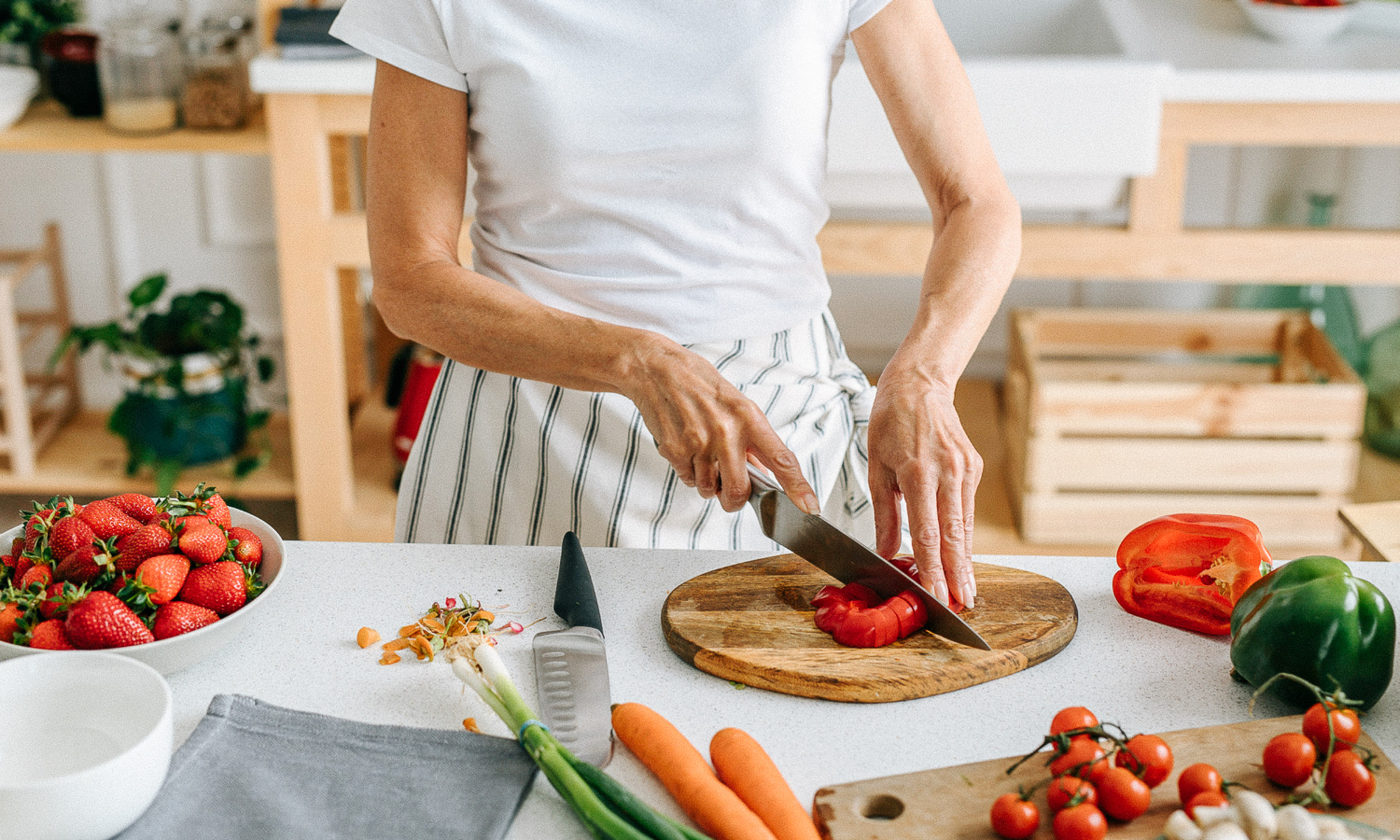

mbg Contributor
Kristina Marusic is an award-winning journalist at Environmental Health Sciences who covers environmental health and justice at EHN.org and DailyClimate.org. She holds an MFA in nonfiction writing from the University of San Francisco, and her personal essays and reporting on topics ranging from the environment and LGBTQ+ equality to politics, food, and travel have been published by outlets including CNN, Slate, Vice, Women's Health, The Washington Post, MTV News, The Advocate, and Bustle, among others.
Image by Fresh Splash / iStock September 10, 2023 We carefully vet all products and services featured on mindbodygreen using our Our selections are never influenced by the commissions earned from our links. Throughout our daily lives, we’re exposed to many chemicals that can increase our risk of developing cancer. Although these exposures generally happen in small doses, research confirms1 that they can add up and overlap to increase our risk of certain cancers in a big way. Many chemicals that have been banned in other parts of the world regularly show up in food, cleaning products, and cosmetics sold in the United States. After spending years reporting on environmental toxicity, I believe that the U.S. needs to do a better job of regulating these chemicals. 
Advertisement
This ad is displayed using third party content and we do not control its accessibility features.
While we push our policymakers to pass chemical regulations that will protect us, there are also simple steps we can take in the meantime to lower our exposure to cancer-causing chemicals. Here are five meaningful changes you can make to reduce your exposure to cancer-causing chemicals in your home: 1. Chemicals found in cosmetics and personal care products that can raise our cancer risk include heavy metals2, formaldehyde3, phthalates4, parabens5, 1,4-dioxane6, and PFAS (per- and polyfluoralkyl substances, a.k.a. “forever chemicals”). Some of these chemicals, like parabens, may show up on ingredient lists, but others aren’t always listed. For example, formaldehyde often isn’t listed, but it can be released when other chemicals commonly found in hair products combine and are heated during styling. When “fragrance” shows up on an ingredient list, that product possibly contains dozens of unlisted chemicals (including phthalates, which can be used to make fragrance linger on our skin and hair for longer periods of time). Thankfully, there are a number of third-party organizations that verify products as nontoxic and free of harmful ingredients, including the Healthy Living App, MadeSafe, and Clearya. You don’t have to throw away all of your products and start over. This process is less daunting if you wait until you’re about to run out of something like shampoo, hand cream, or mascara, and use that as an opportunity to pick a new, nontoxic upgrade. 2. Many of the pesticides used in the U.S. raise our risk of certain cancers, and research has found that people who eat more organic produce have lower levels of pesticides in their bodies7. Eating fully organic can be pricey, so it can be helpful to prioritize fruits and veggies that are most likely to absorb pesticides, including strawberries, leafy greens, peaches, pears, nectarines, apples, grapes, bell and hot peppers, cherries, blueberries, and green beans. Crops that are least likely to absorb pesticides include avocados, sweet corn, pineapple, onions, papaya, frozen sweet peas, asparagus, honeydew melon, kiwi, cabbage, mushrooms, mangoes, sweet potatoes, watermelon, and carrots. This ad is displayed using third party content and we do not control its accessibility features. 3. A 2021 study8 by researchers in Switzerland identified more than 10,000 chemicals used in plastics manufacturing, and found that about a quarter of them are “substances of potential concern,” for endocrine disruption, reproductive harm, organ damage, cancer, or environmental toxicity. More than half of the chemicals the researchers identified as potentially concerning are unregulated in the U.S., and 901 of those chemicals are approved for contact with food in the U.S. At least 1,000 of these concerning chemicals, including some carcinogens, are harmful even in very small doses. An additional 39% of the chemicals used in plastics manufacturing haven’t been studied enough to determine whether they’re hazardous, according to the study. When plastic containers are heated, toxic chemicals can leach into food and make their way into our bodies. When products are labeled “microwave safe,” that means they won’t melt or fall apart in the microwave—it does not necessarily mean they won’t leach toxic chemicals into food when heated. The same goes for things like plastic crockpot liners. When heating food, I recommend sticking to glass, metal, or ceramic for this reason. 4. Contaminants in tap water that can raise our cancer risk include PFAS, arsenic, disinfection byproducts, and hexavalent chromium. Many of these chemicals are unregulated in the U.S., and the Environmental Working Group estimates that more than 100,000 cancer cases in the U.S. are caused by carcinogens in tap water. I recommend finding a water filter that can effectively remove the contaminants in your tap water. To make this easier, the Environmental Working Group has created a national tap water database where you can look up the contaminants in your region’s drinking water by zip code and learn which type of water filter works best to remove those specific contaminants. This ad is displayed using third party content and we do not control its accessibility features. 5. Americans on average spend 90% of our time indoors, and carcinogens from our cleaning products, gas stoves, and outdoor air pollution can build up and linger in the air in our homes. We can easily reduce carcinogens in the air in our homes by periodically running an indoor air filter. HEPA filters are best. HEPA systems can be expensive, but there’s an inexpensive DIY version that involves affixing HEPA filters to a box fan.Upgrade to non-toxic cosmetics and personal care products
Eat organic whenever possible
Advertisement
Stop heating food in plastic
Invest in a good water filter
Advertisement
Start filtering indoor air
The takeaway
Exposures to small amounts of toxins at home can add up over time. However, you don't need to panic. Simple steps like swapping your shampoo the next time you run out or starting to use an air or water filter can go a long way in keeping your home a safe haven.
Advertisement
This ad is displayed using third party content and we do not control its accessibility features.

 JimMin
JimMin 







